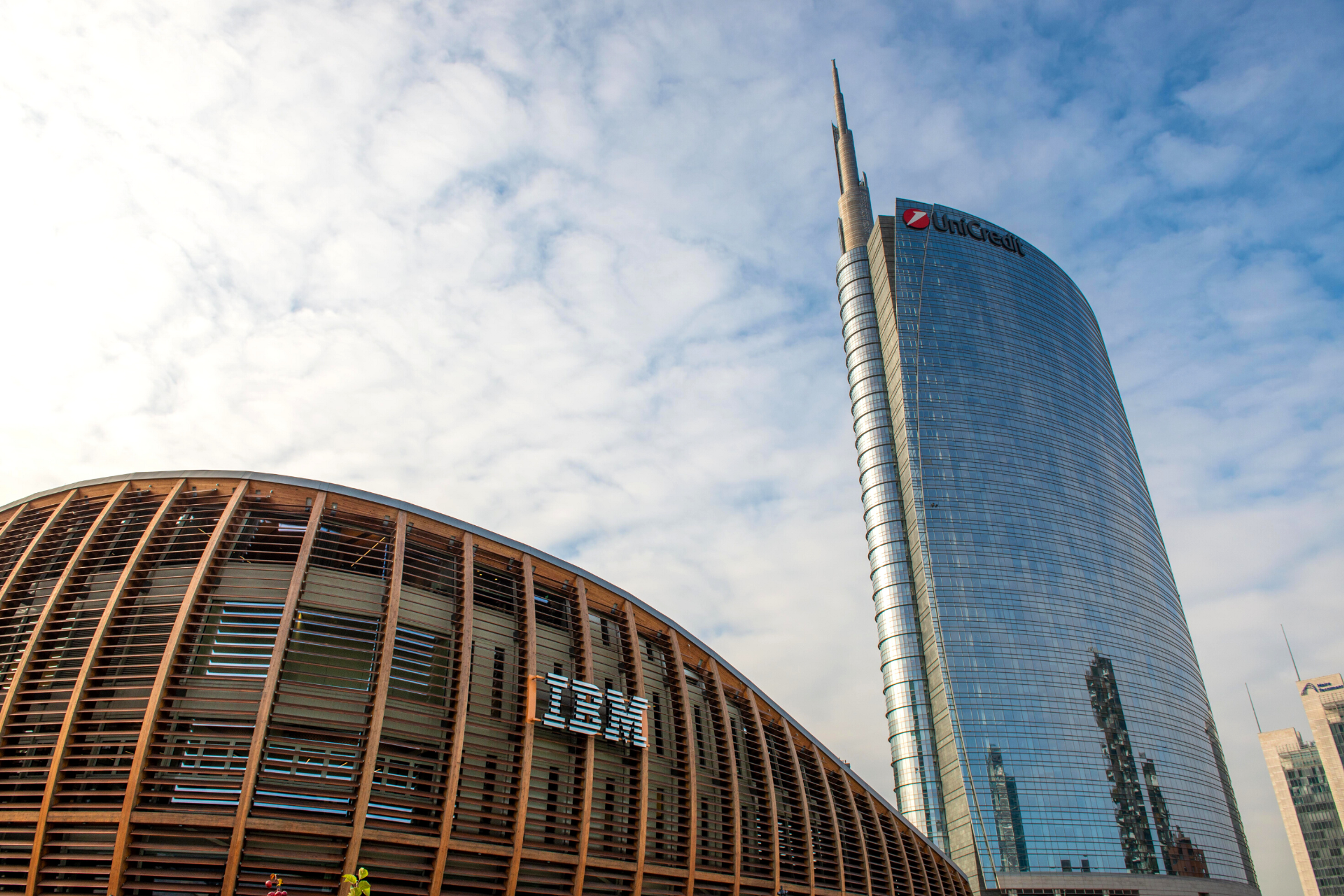An Overview of the Different Roles in Product Management
An explanation of the different jobs in product management to guide you as you apply for the industry, with average salaries.
Posted March 6, 2025

Table of Contents
What is a Product Manager?
Product managers (PM), as the name implies, are in control of a company’s product. This involves identifying customer needs and business objectives and creating a product and product strategy that will bring these two goals together. PMs outline the product roadmap which includes how the product will address customers’ needs, what benchmarks for success will look like, and how each team will contribute to its development.
The responsibilities of product managers vary depending on the type of product and the size of the organization. In larger organizations, product managers are in teams of specialists. The researchers, analysts, and marketers will gather customer input, while the developers and designers will manage the day-to-day operations, draw up designs, test prototypes, and find bugs.
To learn more about what product management is in a more general sense, read this article: What is Product Management?

Product Management Technical Guide
Download our free guide to learn everything you need to know about technical skills for product management
What Are Product Management Jobs?
A qualification in computer science or design is not required to become a product manager; however, it might make the job easier in some cases. Most importantly, PMs should have effective communication habits, leadership capabilities, and a broad range of business skills. One benefit of roles in product management is that there are a lot of possibilities for growth. Here is an outline of the different roles in the PM field.
Associate Product Manager (APM)
Average Annual Salary: $80,000
Roles: PM Support and Mentee
Associate Product Manager is the entry-level role in the field so most APMs are recent college graduates or those in the midst of a career pivot. Candidates will degrees or experience in computer science, business, or other related courses may have a slight edge because of the technicality of product management.
APMs don’t take ownership of the product but are given tasks on key projects and provide support to senior product managers. Generally, this role is one of training. Companies usually hire APMs who they want to become familiar with the product and eventually take on a more senior position.
Responsibilities:
- Research data on the competition for market analysis
- Collaborate with different departments on product requirements
- Work on improving current features and creating others
- Help with product testing, troubleshooting, and solving bugs
- Create and present reports on the product, including findings, statuses, defects, improvements, and risk management
In general, APMs do most of the same things that a PM does but on a smaller scale and without the responsibility for major decisions.
Product Manager (PM)
Average Annual Salary: $110,422
Roles: Product Expert, Team and Operations Leader
Within a company, product managers are those directly responsible for the product. They are heavily involved in each step of the product’s life cycle and are expected to have a deep understanding of the customers’ needs, the product, and the stakeholders’ expectations. PMs will communicate often with each department to make sure that each is on the right track regarding the product roadmap. This is generally the next step after APM.
Responsibilities:
- Collect data in order to create new products and features
- Examine the market and competition to match/surpass the current market standards
- Describe and communicate the product vision, roadmap, and positioning
- Strategize and schedule production
- Work closely with the sales and product marketing teams to share product vision
- Write product requirements for the engineering and support teams to outline the drop of new products to the market or to enhance existing features
- Stabilize the needs of the customers and limitations set by the stakeholders
- Test the product to detect and fix issues
- Get customer feedback to improve the product
- Check on overall product performance and development
- Oversee the product throughout the lifecycle
Product Owner (PO)
Average Annual Salary: $110,045
Roles: Improve team performance and prioritize backlogs
A Product Owner is not strictly a part of the PM hierarchy. This role usually only exists in organizations that use Scrum, a software development framework. If there is no product owner, the PM is the person responsible for the tasks that would otherwise fall under the PO.
The main role of a PO is that they are the representative of the customers in the product development process. They gather data on customer needs and write them into roadmaps for the developers to work on. The PO prioritizes the backlogs that developers work on in the short term, in comparison to the entire product development process that is handled by the PM.
Responsibilities:
- Collect data on customer needs such as feature requests
- Create detailed requirements based on those needs, schedule feature releases, and manage the sprints
- Prioritize the right backlogs and monitor/improve team velocity
- Collaborate with different teams (including development, engineering, quality assurance, etc.) to make sure that the right customer problems are solved
- Work closely with the PM to create products based on customer desires and needs
Senior Product Manager (SPM)
Average Annual Salary: $142,105
Roles: Mentor, Business/Product Representative
The Senior Product Manager works on the same tasks as a PM but has more direct communication with executives, the legal department, and similar managing teams. The SPM has more decision-making authority and has a greater impact and higher visibility. They oversee the major features/functions of the product and works to enhance existing products.
As the senior PM, they are also responsible for overseeing the junior and associate product managers. At the leadership and C-Suite level, the SPM is the face of the product management team and also represents the product to external customers and stakeholders.
Responsibilities:
- Manage the entire product roadmap from ideation to distribution
- May oversee more than one product in a given time period
- Assist in the recruitment and onboarding of other product managers
- Mentor junior/associate PMs
- Visualize long-term goals
- Set the price and increase profits of the products
- Expand business and product strategies
- Attend trade shows and conferences
- May help in the product promotion to customers
- Administer customer market research
Product Leader (PL)
Average Annual Salary: $175,942-200,000
Role(s): VP of Product, Group Product Manager, Chief Product Officer
At this level, the senior PM roles will vary dramatically for different businesses based on different factors, like the size of the company. Product leaders are typically one rank above product managers and can hold the title of VP of Product, Group Product Manager, or Chief Product Officer, among others. Product leaders are chiefly responsible for establishing the vision of the product and making sure that all teams across the organization are working towards that vision. They work with other executives to make sure any investments are in line with the product roadmap and manage all PM teams.
Responsibilities:
- Work directly with SPMs and POs on strategy and product development
- Boost the value and performance of existing products
- Spearhead new product creation
- Set the product vision and corresponding strategy
- May work in managing the product marketing
- Manages multiple teams, establishes priorities, and communicates to create schedules throughout the product life cycle
- Research product development and efficacy
- Responsible for the hiring, developing, and evaluating of team members
- Direct, mentor, and train junior PMs
- Lead performance reviews and create plans for improving performance
- Inspire the PM culture and set the importance of research-backed, customer-focused data
Where Can I Start?
Product management is an increasingly popular role within companies and is also growing in importance and prevalence. For those interested in becoming a product manager or similar role, start by gaining experience, whether that be through an internship, university/graduate class, or entry-level job. Here are some articles to get you started:
Top MBA Programs for Product Management
Tips from an Expert: How to Prepare for your Product Management Interview
20+ Free Product Management Resources
If you’d prefer to get one-on-one help from an experienced product manager, browse all of our world-class, vetted coaches. Here are some of our top Leland coaches with backgrounds in product management:


















